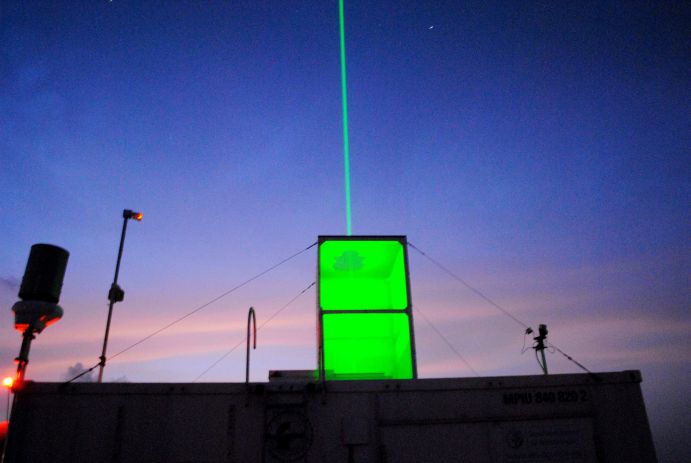High Definition of Cloud and Precipitation in Climate Prediction – HD(CP)²
The Intergovernmental Panel on Climate Change (IPCC) has been looking at the extent to which the average global temperature is rising for a long time. The IPCC reports also cover regional temperature trends. The data is less precise when it comes to future cloud formation and the intensity of precipitation. With the project "Clouds and Precipitation in the Climate System - HD(CP)²", the BMBF wants to help close these knowledge gaps. Above all, the researchers want to answer the question: How do cloud formation and precipitation change with different degrees of warming in individual regions?
Initial situation
With the current computer models of climate change, it is difficult to depict future cloud formation and precipitation distribution. This raises the pressing question of how rain and dry areas will be distributed in the future, not only here but also in parts of Africa, for example. The researchers estimate the uncertainty of previous model predictions to be around 50 per cent. At present, the exact processes in the atmosphere are simply still too unknown and are estimated with the help of empirical values. The computer capacities and the understanding of the physical processes are lacking for other methods.
Research design
More than 120 researchers from 17 institutes are working on better models for cloud and precipitation formation. For one thing, very detailed simulations are being carried out. Germany serves as the model region. The individual areas studied are extremely small, with a resolution of 100 metres horizontally and ten to 50 metres vertically. Secondly, scientists measure both the spatial structure and the particle composition of the clouds.
Status
In the first phase of the HD(CP)² funding measure, which started in October 2012, the model design was developed. In parallel, a measurement campaign took place between April and July 2013 in an area of about one hundred square kilometres above the Jülich Research Centre. Among other things, lidar devices were used there, which function like an echo sounder and record the backscattering of moisture particles onto a laser beam directed into the clouds. The initial results show that the first funding phase was a complete success. In addition to the HD(CP)² ICON climate model, the corresponding weather forecast model at the German Weather Service was successfully operationalised at the turn of the year 2014/2015. Towards the end of the first funding phase on 31 March 2016, an international conference was held in Berlin on 15-19 February 2016. The second funding phase started on 1 April 2016 and ended on 31 March 2019.
Relevance/potential
After completion, the project should help to make much more precise and accurate statements on the development of precipitation in individual regions. When the relevant data is available, the simulation should potentially be able to be used for all regions. The researchers hope for a leap in knowledge and technology. Decision-makers should be able to better assess what precipitation development can be expected in their region. The results obtained with the new model can be incorporated into future IPCC reports.
Last updated on




